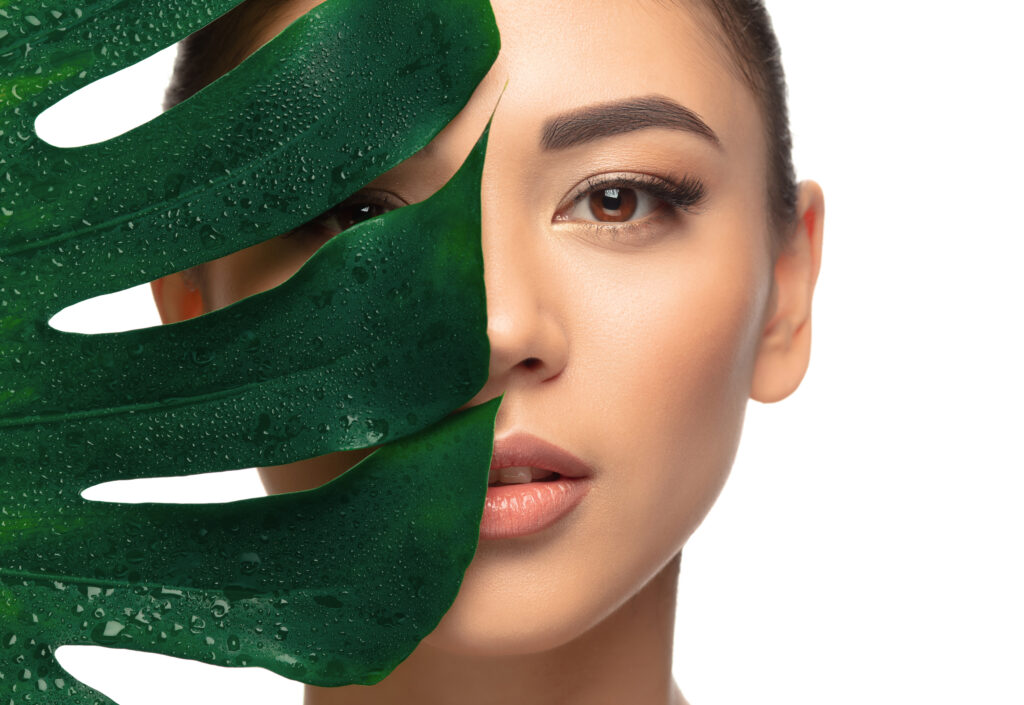What is colloidal silver and when is it used ?

What is colloidal silver and when is it used ?
Most of us associate silver with jewelry. Its antimicrobial properties make it widely used in medicine and in cosmetics. One of the most popular forms of silver used in medical products available in pharmacies is colloidal silver. What properties does it have? How to use them safely? Can you overdose on silver? We advise.
Colloidal silver – what is nanosilver?
Colloidal silver is a preparation that contains pure silver in a shredded form. Commercially, under this name, in pharmacies and drugstores, we can find a colloidal, aqueous silver solution with particle sizes not larger than 100 nm. Such a solution contains silver in non-ionic – atomic form, water and stabilizers of colloidal form – protein preparations. It may also contain silver admixtures in ionic form (silver cations), derived from silver salts, e.g. silver chloride. A preparation is also commercially available – a pharmaceutical raw material, called colloidal (from Latin Colargolum from the full name Argentum colloidale). It is a gray powder or flakes that contain fine silver stabilized with protein or gelatin. An aqueous solution – colloidal silver is prepared from collargol or it is used for the preparation of drugs and other preparations containing colloidal silver.
A more modern name for colloidal silver already in the form of a ready-to-use solution or as an active ingredient of a selected preparation is nanosilver or nanocolloidal silver.
How does colloidal silver work and what are its properties?
The antimicrobial properties of silver have been known to mankind since ancient times. Nanosilver (or colloidal silver) has antibacterial, antifungal and also antiviral properties. Supports the regeneration of the epithelium, has an astringent effect on the skin.
The cationic form of silver (positive ions) is considered to have the above-mentioned properties. They are formed as a result of the oxidation of neutral silver atoms.
The fragmentation of silver to the size of nanoparticles increases its active surface (compared to unground silver). As a result, more silver ions can be released and act as the active form of this metal.
Colloidal silver – application
Due to its antimicrobial properties, colloidal silver is widely used in preparations used externally and on mucous membranes. We can find them in the compositions of ready-made medications, dietary supplements and preparations for disinfecting and caring for wounds (e.g. slices with silver for wounds, solutions for washing and disinfecting or ointments with silver to aid healing), drops (for the nose, eyes, ears) and tonics for washing the skin (recommended e.g. in the treatment of acne).
Interestingly, colloidal silver is used in preparations approved for use by children, e.g. colloidal silver in a nasal or throat spray.
Colloidal silver in cosmetology and cosmetology
Silver in a shredded form can be found in the compositions of many cosmetics: from deodorants and antibacterial soaps to shampoos, mouthwashes and aftershaves. Colloidal silver is also a component of antibacterial gels and tonics. Due to the potential to alleviate inflammation and reduce bacterial foci, nanosilver is particularly often used in the production of cosmetics for acne-prone skin. Specialists cosmetologists use them during mesotherapy treatments often used on the face.
How to safely use colloidal silver? Why shouldn’t you drink it?
Colloidal silver is safe when used in accordance with its intended use and recommendations of the attending physician or pharmacist. As previously mentioned, they are only used externally and / or on mucous membranes.
Consuming colloidal silver as a dietary supplement does not have any medical basis based on reliable clinical research. Silver is not a micro- or macro-element necessary for the proper functioning of our body. On the market you can find preparations intended for consumption – drinking silver. However, the main institutions caring for people’s health warn against this type of therapy, which has nothing to do with conventional medicine and can lead to serious health problems.
Colloidal silver – side effects, contraindications
According to EPA (The Environmental Protection Agency), the safe daily dose of silver is 5 µg / kg (micrograms per kilogram of body weight). Colloidal silver used as recommended in small doses is safe for our health. Like any substance, it can cause allergic reactions. When taken orally, it can cause more serious medical conditions, such as a disease called argerinosis.
Allergic to silver
Silver allergy is not a common condition. It manifests itself as itching, burning or eczema at the point of contact of the allergen (silver) with the body. It disappears after removing the allergenic factor. Interestingly, an allergy to silver is often “diagnosed” as a result of an allergic reaction in contact with silver jewelry. Such a “diagnosis” is sometimes wrong, because often an allergic reaction occurs as a result of contact not with silver. and with another component of the alloy from which the jewelry is made. One such component is nickel, for example.
Srebrzyca
Argyria, or argyria, is a disease caused by the deposition of silver particles in the cells of our body. It is manifested by the skin turning blue (the skin turns blue) in the place of long-term application of silver preparations (e.g. a wound that is very difficult to heal) or its entire surface as a result of chronic oral use of silver (most often colloidal). Upon discontinuation of silver dosing, there is a possibility that the changes associated with the silver overdose will reverse, but in most cases the skin remains an altered color. The effects of long-term use of liquid silver appear about six months after starting the therapy. Importantly, apart from changing the color of argyria, it does not cause any other health effects.







Responses